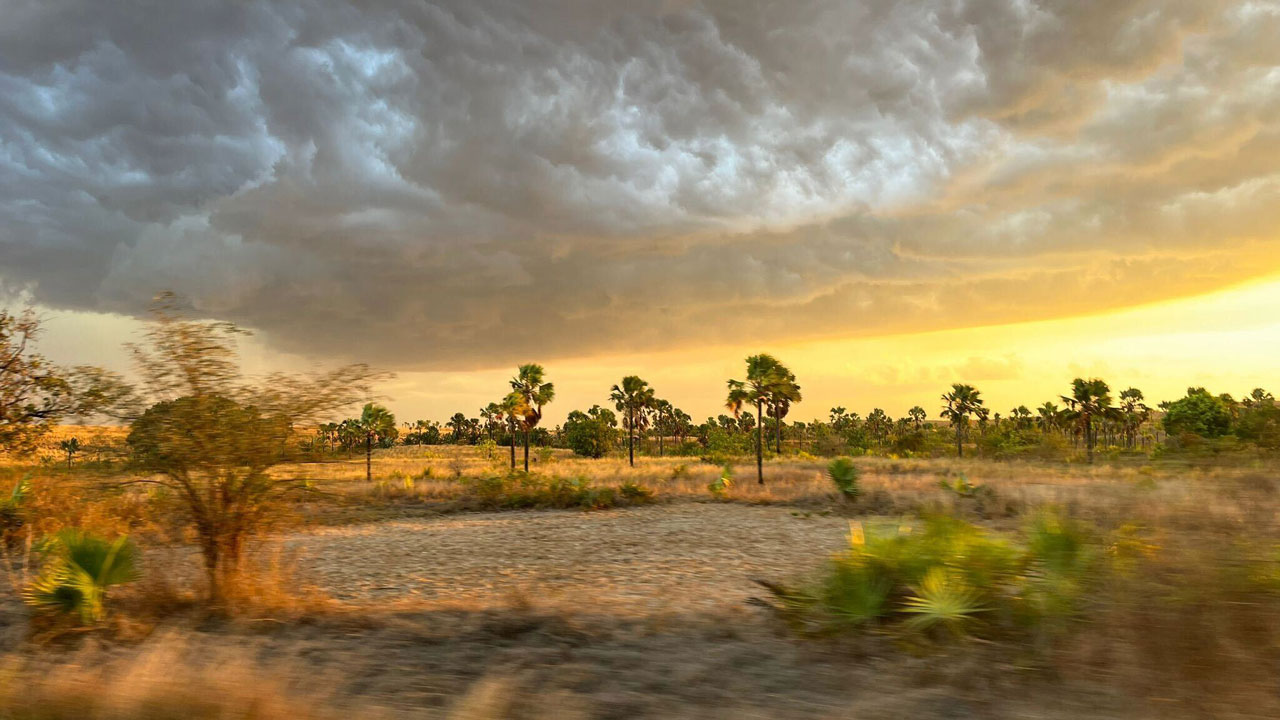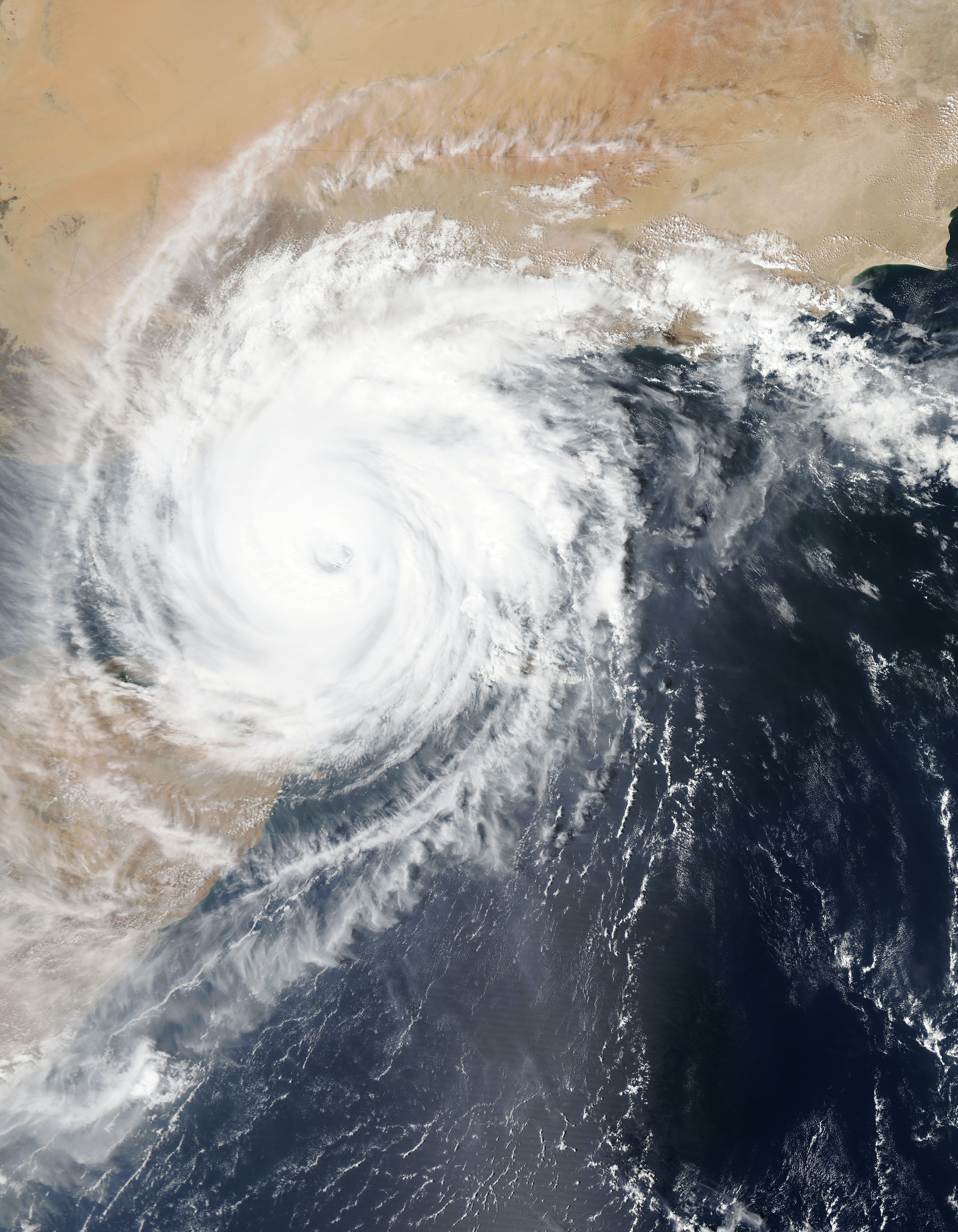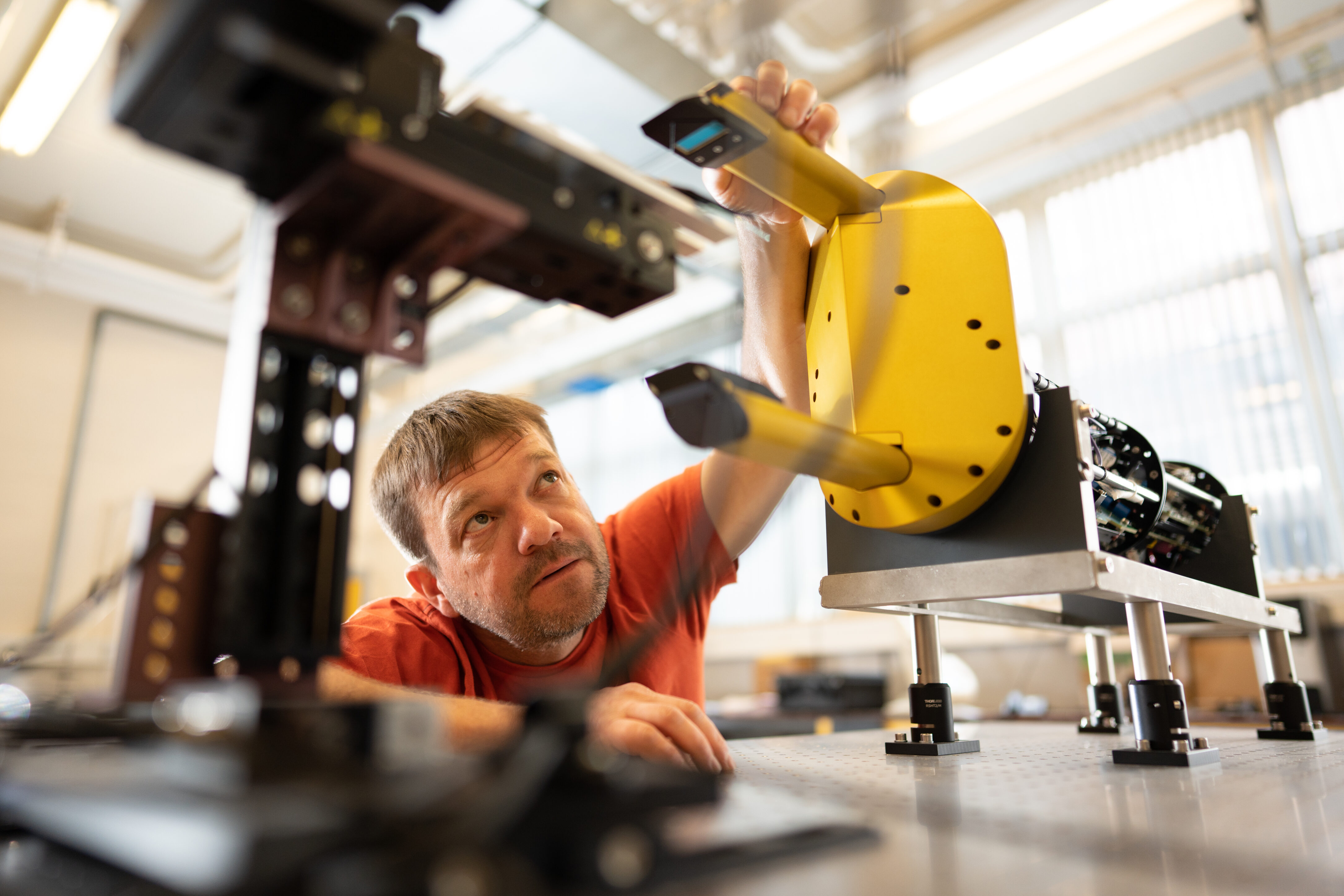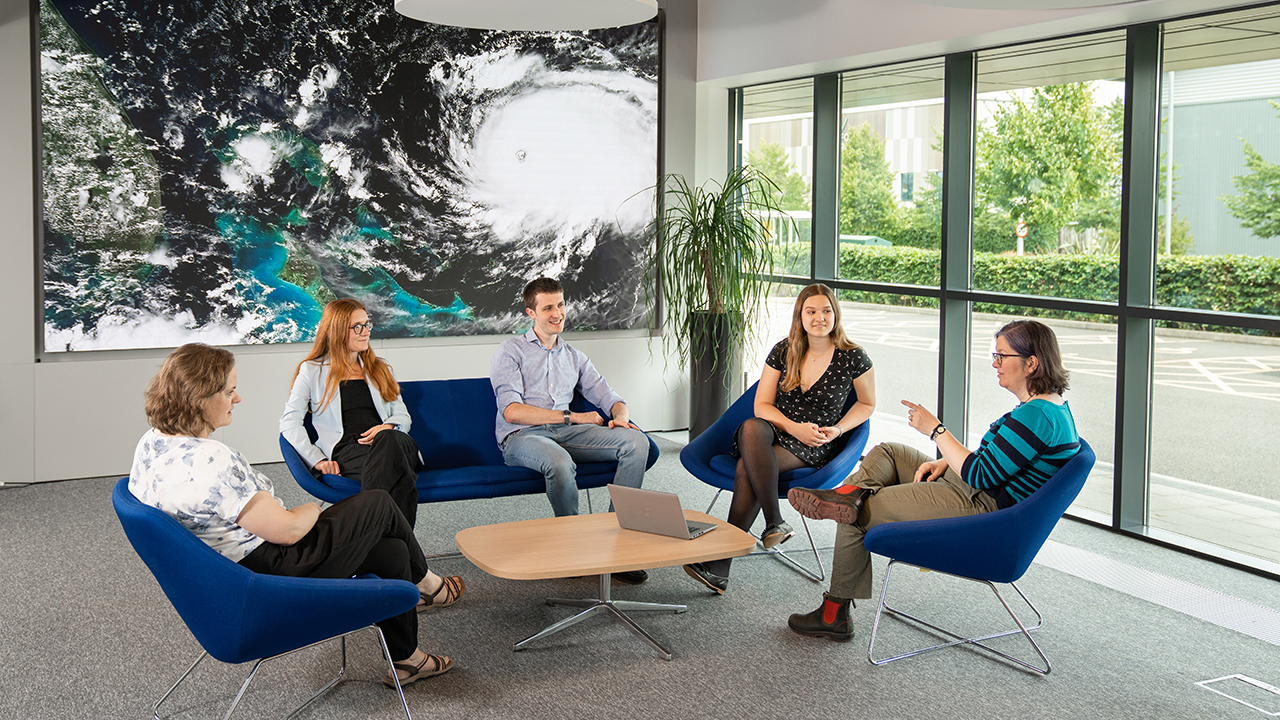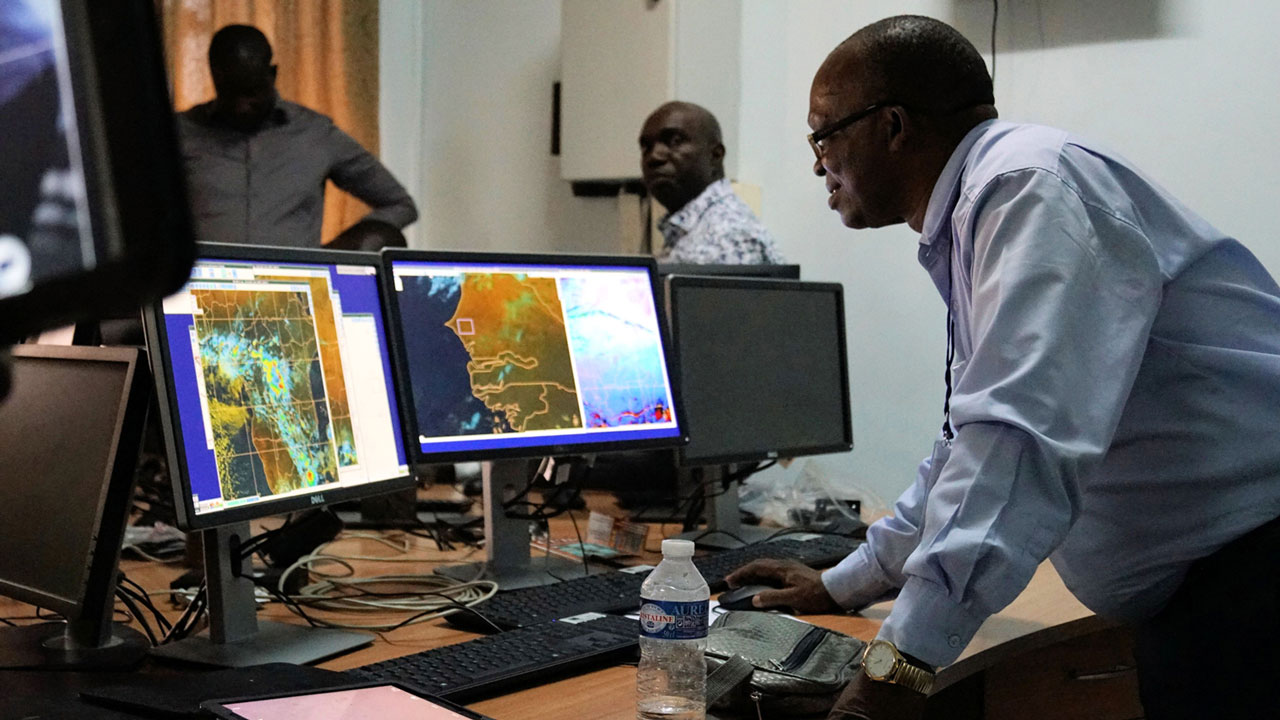The National Centre for Atmospheric Science is a global leader in atmospheric research and innovation.
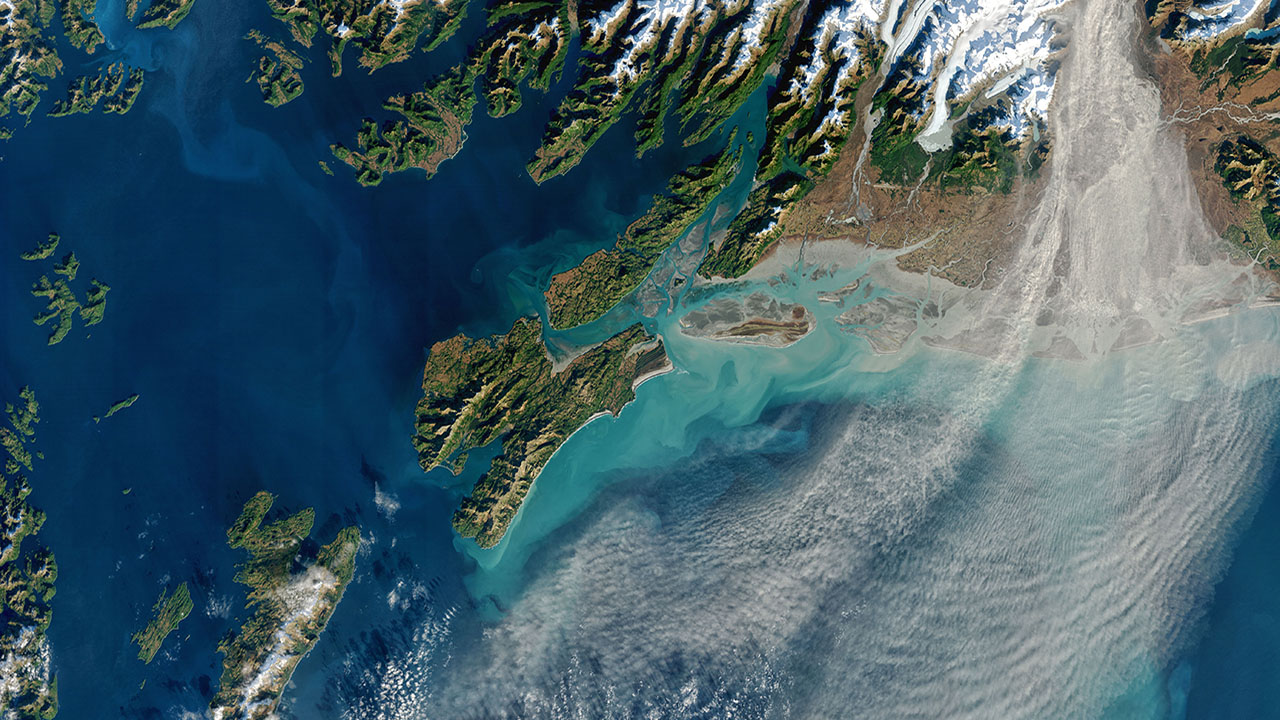
We work to understand our atmosphere by examining the past, observing the present, and predicting the future.
The atmosphere is essential to life on Earth.
The atmosphere protects us from the sun’s harmful radiation, regulates climate, and drives the weather we experience every day.
As a critical component of the Earth system, we need to understand the atmosphere and its interactions with land, oceans, ice, and life on Earth.
More than ever, we are aware of the relationship between society and the atmosphere, and its defining role in the future of our planet.
Unprecedented climate records, extreme weather, and threats to the air we breathe serve as stark and growing reminders of the changing atmosphere in the UK and around the world.
The next five years of research and innovation in atmospheric science are critical, as we collectively address many pressing environmental challenges.
Our Vision & Mission
Our research, skills and infrastructure enable the atmospheric science community to understand the past and observe the present, in order to predict the future.
To unlock the answers to climate change, high-risk weather and air pollution, we prioritise support and respect for our staff, inclusive leadership, equitable partnerships, engaging communications, an inclusive research culture, and environmentally responsible action.
Our Vision
Advance the understanding of our changing environment and enable society to adapt for the future
Our Mission
Create cutting-edge scientific insights, develop new and sustainable research techniques, and empower people to drive innovative and ethical environmental solutions
Our Purpose
Since 2002, we have grown in our role as an independent research centre. Today we hold a leading, and unique, role in addressing global environmental challenges.
We seek to understand our atmosphere, how it is changing, and how it impacts our global environment, our health, and our prosperity. Our research, skills and infrastructure lead to climate change resilience, clean air solutions, and early-warning systems for high-risk weather.
We provide the UK with the knowledge and expertise to remain at the forefront of atmospheric science, which underpins environmental solutions, sustainability, health and prosperity, and informs decisions in government, industry, and civil society.
Our community of staff drives science forward as an integrated multidisciplinary team. Our research scientists, data analysts, technologists, and support specialists carry out globally recognised research, develop new tools and capabilities, and enable access to high quality data, services, facilities, and scientific training.
We fulfil our purpose as a partner of the Natural Environment Research Council and UK Research and Innovation. We are a research consortium of universities and associated organisations, working in coordination with a wide range of national and international partners.
